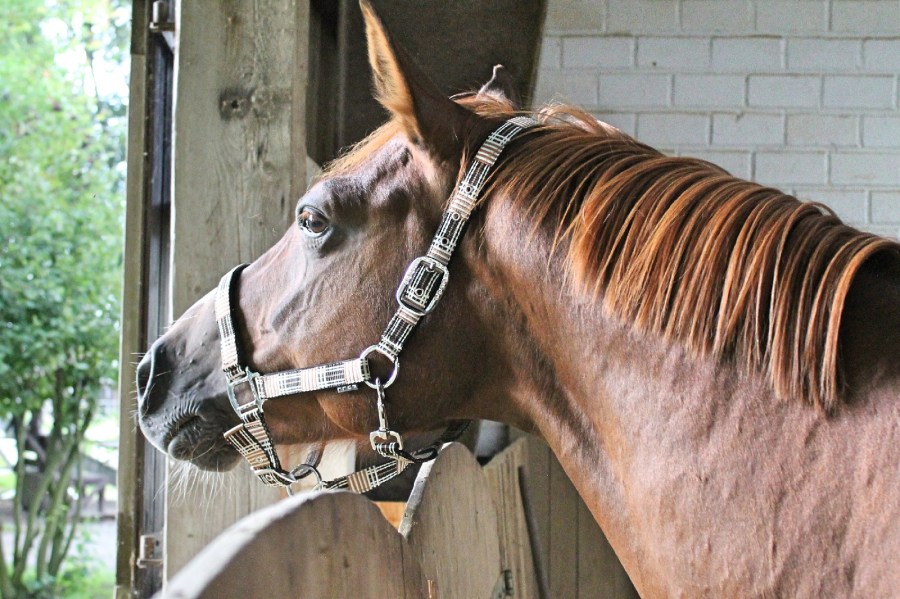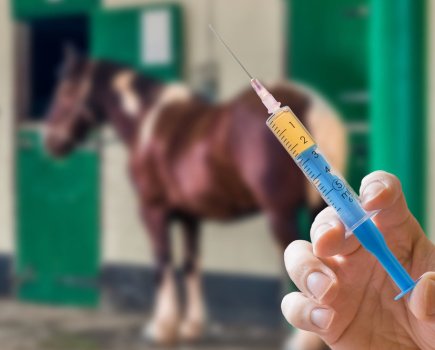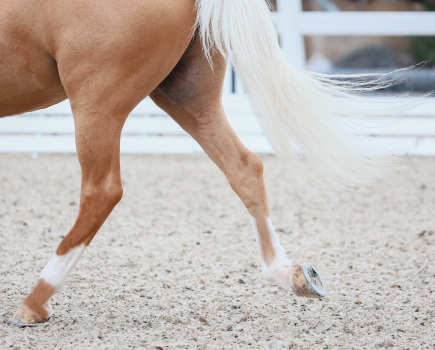Lameness can strike for a number of reasons, and can be blatantly obvious or just a niggling feeling that something’s not quite right. If you think your horse is lame, here are seven steps to make him more comfortable, and to help you decide if you need to call your vet:
- Inspect the lame leg carefully for any small wounds or cuts – if you find any, they may warrant immediate veterinary attention as its possible the lameness is due to infection
If there are no obvious wounds, look for any unusual swelling or enlargement – if you find any, speak to your vet for advice on how to deal with it. From a safety point of view, don’t squeeze the swollen areas, especially in the hind legs as this could be painful for your horse - If there is swelling or enlargement, cold hosing the area for five minutes, three times a day can help to reduce swelling and make him more comfortable
- If your horse is slightly lame in trot but can put weight on the leg, with no wounds or swelling, the lameness could be from something simple like a bruise. Try resting him, but don’t keep him on box rest for longer than 48 hours without speaking to your vet first
- If you keep your horse stabled, make sure you take him out for short walks in-hand at least three to four times a day, even if it’s just for five minutes at a time unless your vet says otherwise. This will help to keep his mind occupied and prevent him from developing filled legs if he’s prone to this when staying in (well applied stable bandages can also help)
- If he’s lame and there’s heat in his foot, a hot poultice can help draw out an abscess
- If your horse can’t put weight on a leg, call the vet immediately
Don’t miss the latest issue of Your Horse Magazine, jam-packed with training and veterinary advice, horse-care tips and the latest equestrian products available on shop shelves, on sale now.









